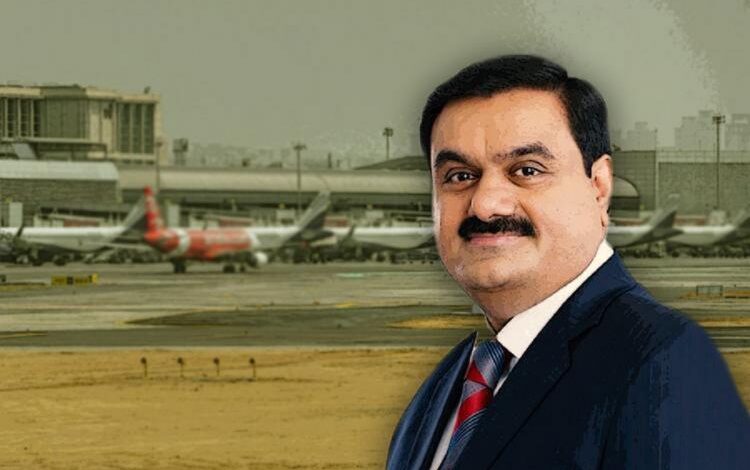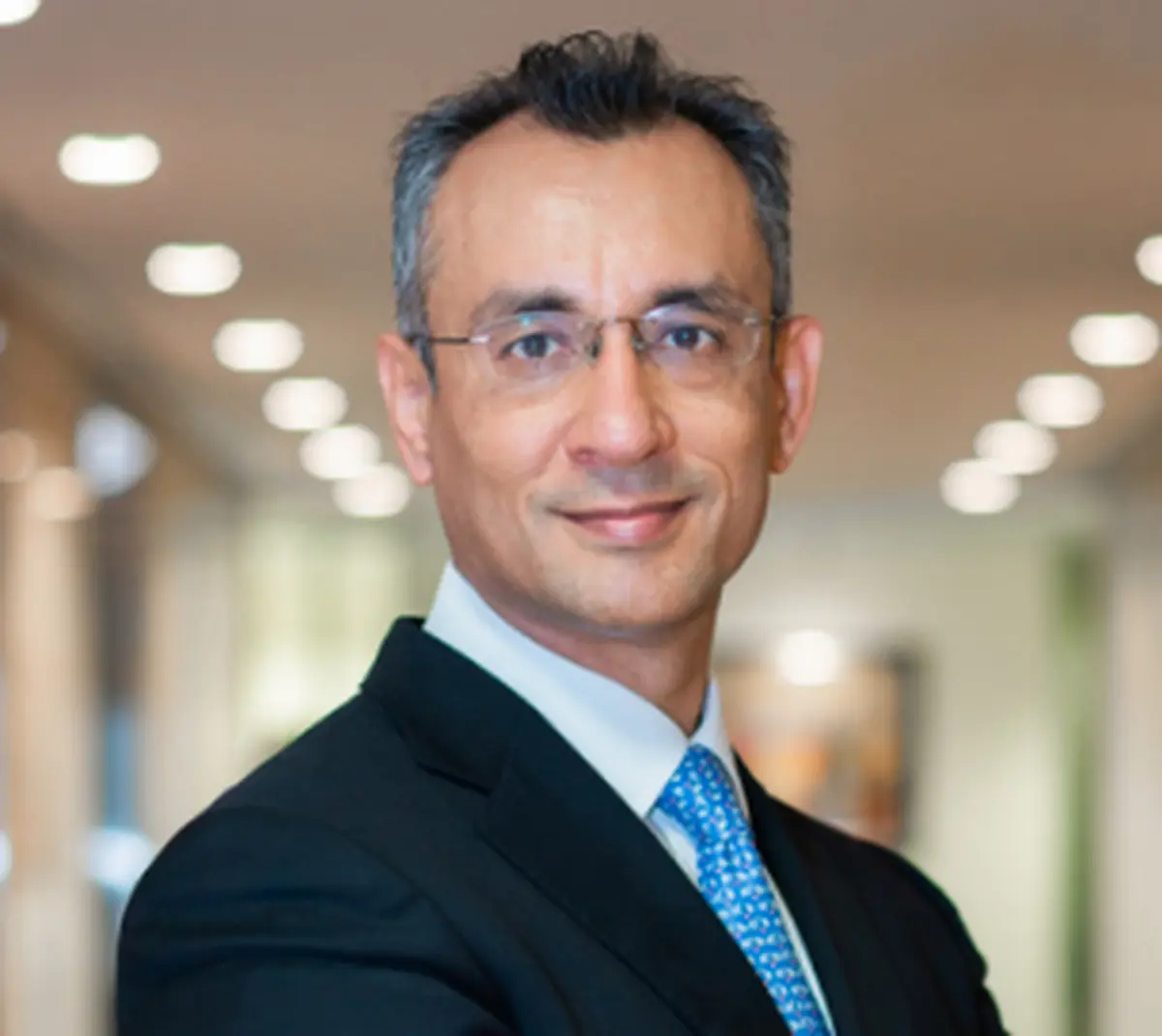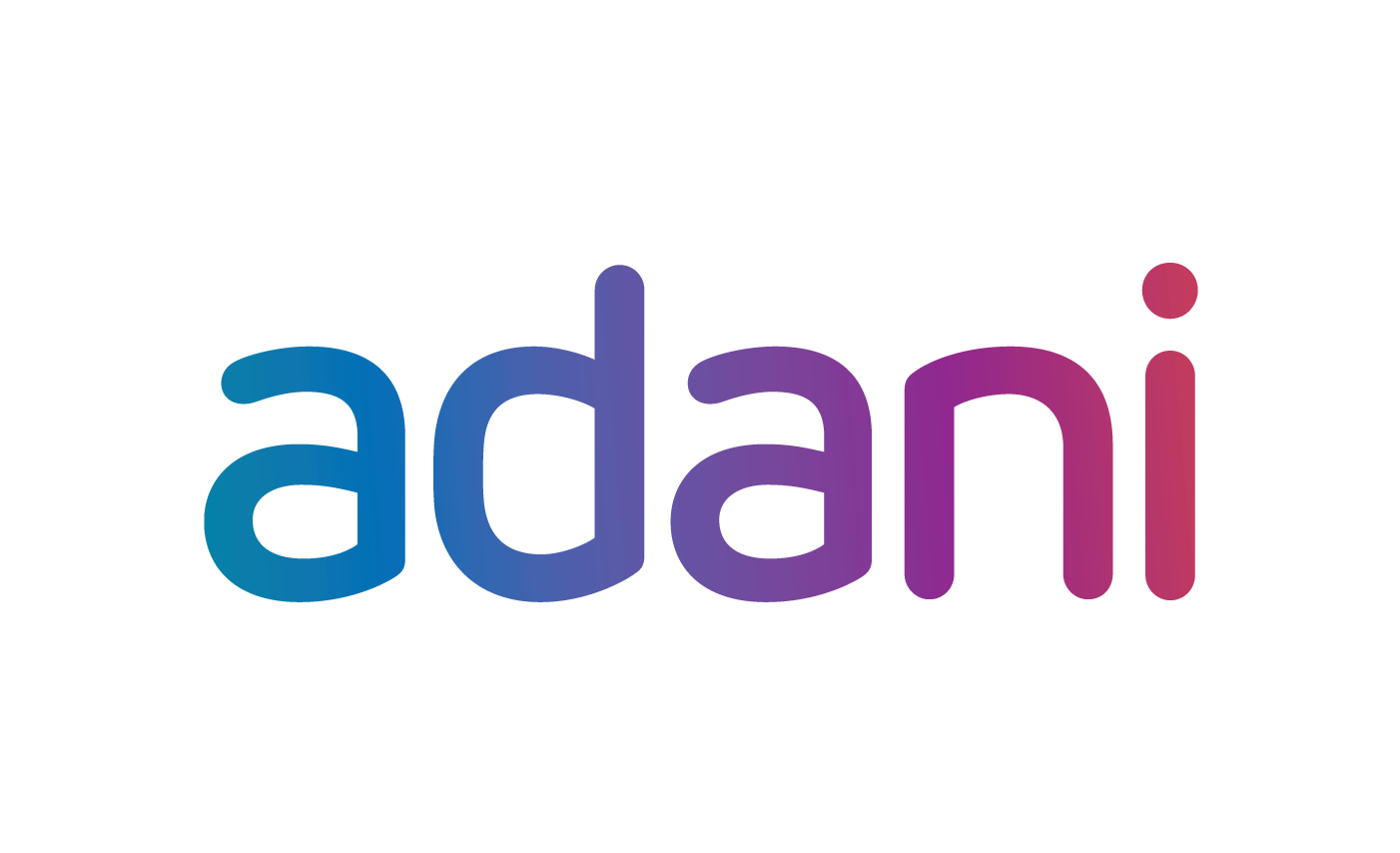India’s Gautam Adani targets sovereign funds in capital raising spree.

The situation of Gautam Adani raising funds
Engineers assemble steel parts to generate power in the lab of Gautam Adani‘s infrastructure conglomerate. Nearby, four sweets cooling towers of India’s biggest private coal-fired generating station cast a shadow over employees operating machinery in a factory spewing out solar panels.
The 3 facilities are a 37,000-acre Mundra & SEZ, which is the centerpiece and the site of fresh investments totaling billions of dollars, including a copper smelter that converts coal into plastic.
The wealthiest person in Asia is starting a fundraising campaign to control his debt and keep up with his rapid concerns about the company’s pressure to abandon fossil fuels. Continuing to expand the global coal industry, the 60-year-old 1st generation entrepreneur has committed to investing $70 billion in green energy technologies by 2030.
Gautam Adani said investment from “several sovereigns” after raising $2 billion this year from Abu Dhabi firm International Holding Company. We want our investment to outlive the Adani family, he continued.

Gautam Adani’s goals for generating money are similar to those of fellow billionaire Mukesh Ambani, whose Corporation targeted $20 billion in debt relief in 2020 by approaching international investors like Facebook, KKR, and Mubadala.
In addition to raising $750 million in green bonds this year, Adani’s renewables arm announced in December a $200 million yen-denominated major lenders Sumitomo Mitsui Banking Company and MUFG Bank. Adani Enterprises, a different listed company, plans to sell fresh shares to institutional and retail investors to raise about $2.5 billion.

Due to the listed valuations, investors are seen separated about Adani Enterprises’ financing, according to Praveen Jagwani, chief executive of UTI Global, an Indian asset management in Singapore. Gautam Adani was collecting money, according to Jagwani, primarily to “lower the burden of interest. Debt is far more expensive.
In a meeting at his office in Ahmedabad, Gujarat, Adani stated that he was confident in his ability to get finance for renewable enterprises due to the pressing need to decarbonize.
“Every [multilateral] organization has financial responsibilities. Every banking system, hedge fund, private equity fund, and investor is under pressure to engage in the energy transition rather than fossil fuels, according to Gautam Adani.
Gautam Adani stressed that the company will be the first one for foreign investors who were investing in India. He spoke to 2 corporations that are in renewable energy, saying, “We are the largest organization in India, followed then by Tata, followed by Reliance.” Where will someone start if they wish to invest in India?
Increase in investment by Gautam Adani
Adani, a dropout and former diamond trader, is rapidly expanding into new areas. To overnight overtake Holcim as the second-largest cement producer in the nation, the firm purchased Holcim’s Indian cement division in a $10 billion deal financed by international banks. The firm also unveiled $7 billion in alumina & iron ore projects and secured $760 million from 7 state-owned banks to construct a copper smelting facility.

Concerns over Adani’s borrowing have been raised by the company’s debt-fueled growth. CreditSights, a division of Fitch, warned that the corporation was “seriously overleveraged.” The combined debt of Adani Group’s enterprises, which totaled Rs1.95 trillion ($24 billion), is about seven times the combined profits before interest, tax, depreciation, and amortization of Rs296 billion.
Some experts, according to Adani, “have not comprehended [his companies] in practical terms.”
“My lenders, banks, and international investors are those who comprehend. They like to invest whenever Adani enters the market. And it is how we maintain our growth.
Critics said that Adani’s promotion of green energy helped him raise funds as his polluting industries expanded. Tim Buckley, head of Global Electric Finance, an Australian research institute, said Gautam Adani has been “phenomenally effective too far in persuading the mainstream market that the dominant arm is different from the left hand, and then if you finance Adani Green then are not financing Adani Electricity or Adani Enterprises.”
Gautam Adani said that coal contributed “not more than 10%” of the Group’s earnings and argued that it was unreasonable to blame India for utilizing its plentiful coal reserves.
The multibillionaire businessman said that his efforts to promote renewable energy were advantageously coordinated with those of India and New Delhi. “We matched our corporate objectives with those of the government. And as a result, we always have a tailwind.
Capital raising spree of Gautam Adani in the electricity generation sector
However, analysts suggested that a bigger shift from coal is the need of the hour. In the next years, Adani’s “investment into coal and oil is likely to be get stranded,” according to Vibhuti Garg, head of the Institute for Economics & Financial Analysis for South Asia.
Gautam Adani will construct his first “green ammonia” factory less than 100 kilometers from Mundra as part of a $50 billion, ten-year agreement with Total Energies, a French energy business that holds a 20% investment in Adani’s publicly traded renewable energy company.
Environmentalists have still criticized Adani for stepping up mining. Adani Industries mined 27.7 million tons of coal as a contractor in the fiscal year that ended in 2022, an increase of 58% from the prior period. By pledges made several years ago, Adani is also building coal-fired power plants.
Even though Gautam Adani acknowledged that “the electricity produced by renewables is less expensive,” he claimed that fossil fuels were still necessary since solar and wind energy “is not 24/7.” He refused to set goals for the phase-out of coal.
“Why do we need to travel and make a promise to the world that we have to break two years later?” Adani remarked, pointing out that the collapse of the energy market brought on by Russia’s invasion of Ukraine led to the withdrawal of western nations from coal contracts.
Self-sufficiency, the move to clean energy, and climate change all present enormous commercial prospects, according to Adani. You are assisting the environment and the nation, but as a corporation, there is also significant commercial potential.
Gautam Adani Weighs $5 Billion Fundraise As Banks Urge Deleveraging
According to persons familiar with the situation, entrepreneur Gautam Adani has sought a sovereign wealth fund to acquire $5 billion when lenders ordered the Adani group to lower leverage, according to a story published on Wednesday by Bloomberg.
Top executives at companies like Mubadala Investment Co. as well as the Dubai Financial Services Authority have been contacted by Adani for investing. The Adani group is seeking participation from other big Middle Eastern and Canadian investment groups. According to the story, which cited persons with knowledge of the situation, the organization has even considered raising quite so much as $10 billion.
Adani Industries Ltd. is thinking about issuing fresh shares worth $1.8 bn to $2.4 billion as early as next year. The money earned from the possible Adani Enterprises share issuance will be included in the $5 billion to $10 bn plan.
The company’s board will address money raising in a meeting on Nov 25, 2022, according to a document made by Adani Enterprises on Tuesday. CreditSights, a research company, raised concerns about Adani Group’s “elevated” leverage in August of this year.
According to CreditSights, a Fitch Corporation subsidiary, Adani’s ports-to-power-to-cement company is “seriously overleveraged,” with the group primarily utilizing debt to make aggressive investments across both existing and new companies.
The worst-case scenario for too ambitious debt-funded expansion plans, according to CreditSights, may lead to a significant debt trap, a distressed position, or a default with one or more group firms.
The company highlighted a better net indebtedness to operating income ratio and a reduction in loans from public banks of more than half in its response. According to the report, firms in the group had steadily reduced their debt levels, with the budget deficit to Ebitda ratio falling from 7.6 to 3.2 times over the past nine years.
Days later, S&P Global, a different rating organization, warned that the conglomerate’s debt-financed potential acquisitions might start to strain the ratings of its group firms. However, the rating organization also noted that Adani’s firm has relatively strong fundamentals.
In a fresh report in September that in its most recent debt analysis on two Adani Group firms, added that the most recent “corrections” did not alter.
From mines, ports, and power plants to airports, data centers, and defense, the Adani group has expanded its business. It just entered the cement industry by purchasing Holcim’s India operations for USD 10.5 billion, and building an aluminum factory. This expansion was mostly financed by debt.




